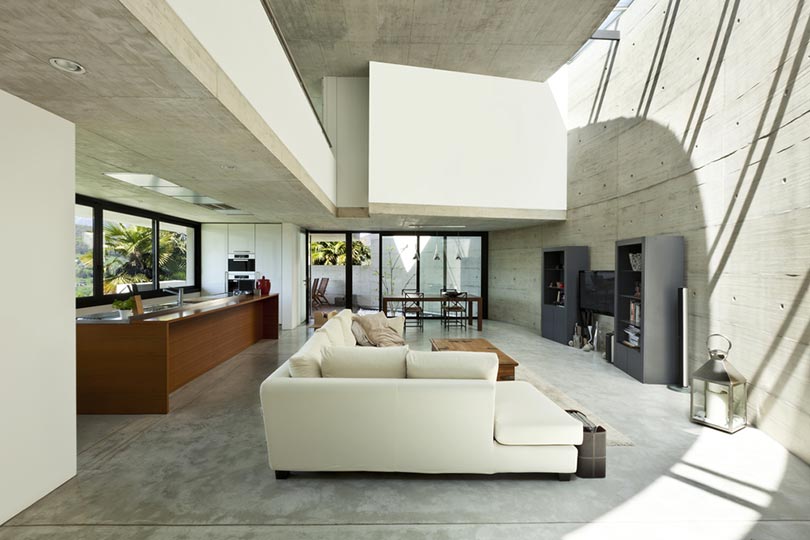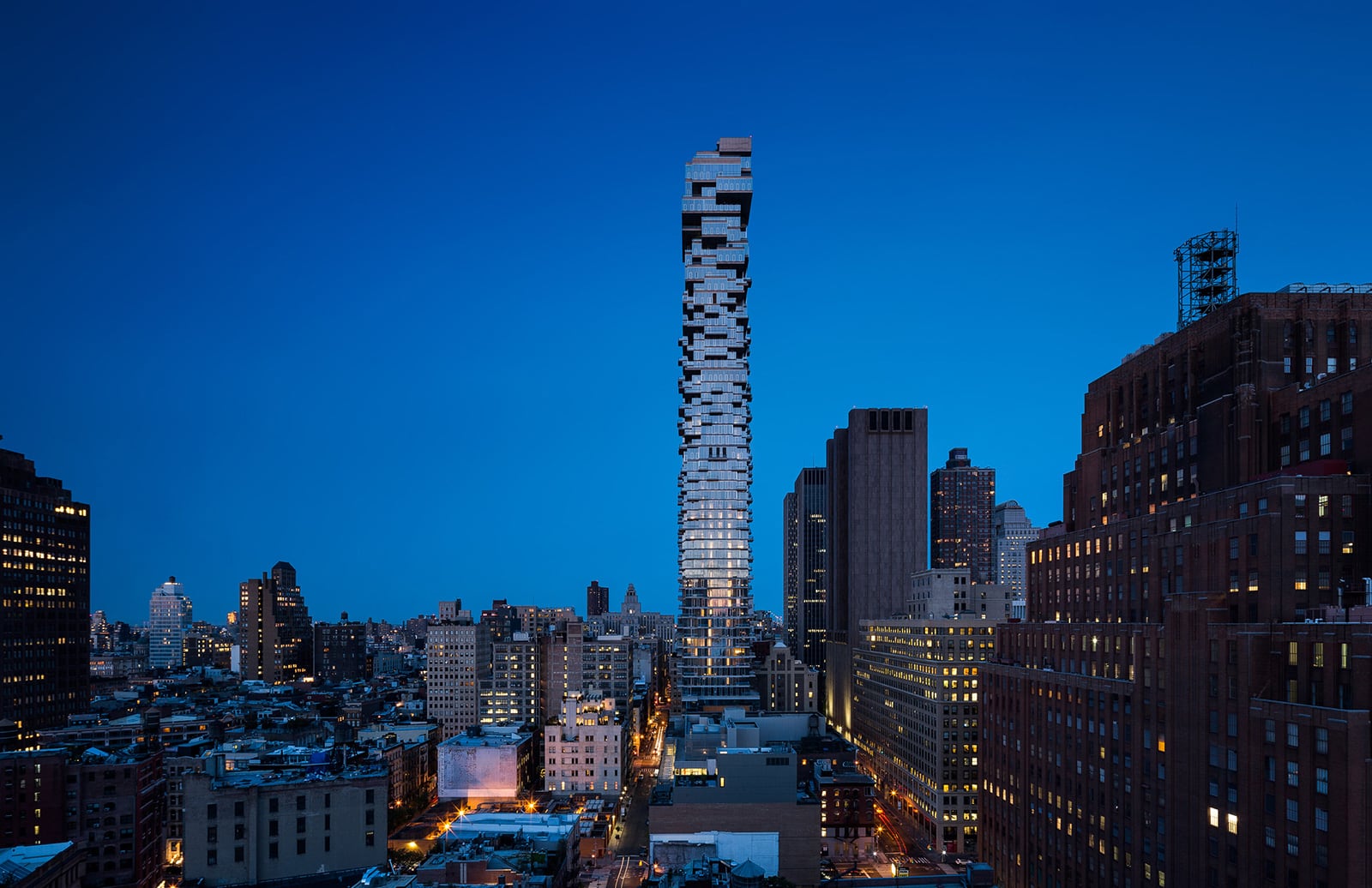6 Brutalist Interior Design Ideas (With Pictures)
-
Shea Cummings
- Last updated:

The brutalist design style had its beginning in the mid-1900s. Originally, it was more of an architectural style. However, it has become its own interior design as well. Geometric shapes, bulky materials, neutral tones, and unpolished and raw materials are all primary characteristics of the design.
This design style is not for everyone. It has a very industrial feel and can appear quite cold because of the lack of bright colors. But if you’re looking for a mixture of contemporary and industrial, brutalist design choices may be right for you.
Here are a few examples of brutalist architecture used with interior design.

The 6 Brutalist Interior Design Ideas
Brutalist Interior
1. Lots of Concrete- clou

One of the main characteristics of brutalist architecture is the use of a lot of concrete. Not only is this bathroom constructed from concrete, but even the counter protruding from the wall is built from concrete.
The other cool thing about this bathroom is that the concrete is not polished. Most of it is unfinished, and the walls get their texture from the forms when the cement was poured, and some of it appears to be a brushed finish for the ridged effect.
2. Pillars and Barebones Architecture- the spaces

In addition to concrete, brutalist architecture also favors using pillars and other geometrical shapes. This picture gives us a good idea of a brutalist interior on a fairly grand scale. It combines concrete construction with pillars and a spiral staircase. Then to finish it all off, you have the floor-to-ceiling windows with steel frames.
3. Rough Around the Edges- twitter

Talk about making use of the surroundings; this design idea uses what were likely natural rocks during construction. A brutalist design scheme doesn’t only use geometrical shapes. It also favors rough textures like spikes, or in this case, natural rocks. This gives the space a very raw and natural feel.
4. Textured Walls- la piece

In the same way that the natural rocks have an obvious and extreme texture to the walls, the trim on the paneling here also gives that textured effect. When it comes to brutalist architecture, texture is usually found everywhere. Whether in unpolished concrete, natural stones, or artificial texture created manually to bring a room to life.
Brutalist Furniture and Decor
We’ve looked at the architectural choices that create a brutalist style. Now let’s look at a few decor pieces to complete the look.
5. Moa Armchair- valdo luxury

Everyone needs a place to sit down in their home. With these Moa armchairs, you can complete your brutalist interior with seating. A Moa chair gives you the perfect blend of modern contemporary with a brutalist flair. You get the soft creamy and bronze colors of a contemporary piece with the sharp angles of the chaotic brutalist design.
6. Everest Mirror- goes. asia

This may not be the mirror you want in your bathroom that you use every day. However, it would make an excellent decor piece in an entryway hallway or maybe even in the living area. Color-wise it’s borderline brutalist, maybe leaning a bit more to a modern contemporary. But the unique shapes and textures it has for the “mountain range” are what you’re after when doing a brutalist interior.

What is Brutalist Design?
Brutalist architecture dates back to the 1950s and 1960s. It originated in England with Alison Margaret Smithson and Peter Denham Smithson. These two architects were responsible for unique buildings made from concrete with unusual lines.
The architectural critic Reyner Banham eventually used the term “brutalism” to describe the style. He drew inspiration from the term “beton brut” used by French painter Le Corbusier. The term meant “raw concrete” in French.
One of the most common materials used in brutalist architecture or interior design is concrete—usually unpolished. But it also includes lots of steel, glass, and natural stone. In addition to the materials, you’ll find lots of odd geometrical shapes.

Conclusion
The brutalist style is worth your attention if you’re looking for something big and bold for your next redesign. Because many themes cross over between modern contemporary, industrial, and brutalist, it’s easy to blend the three together if you want to pull several different elements into a room.
Featured Image Credit: alexandre zveiger, Shutterstock
Contents
